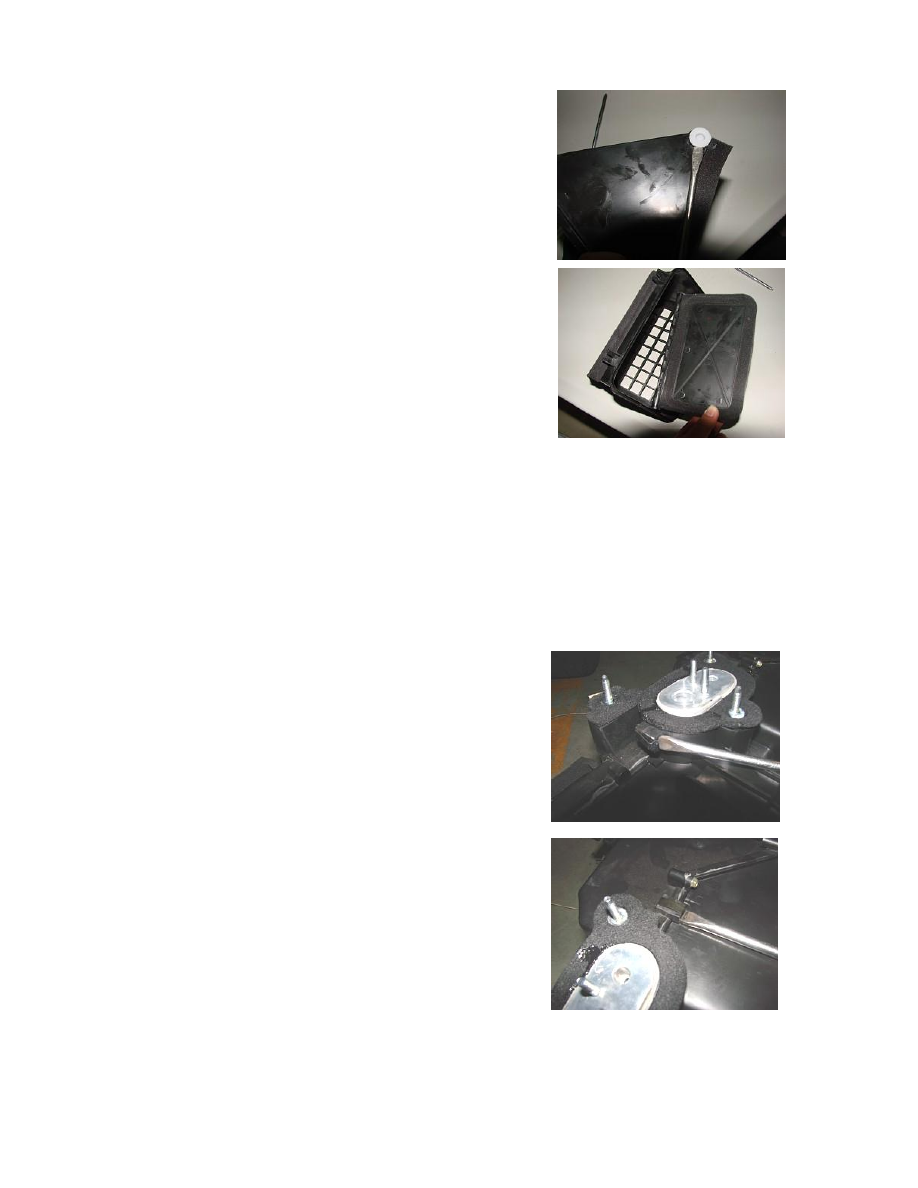Chery QQ6 (S21) / S12LHD. Manual - part 148

6.1.5 Remove the inside/outside circulation ventilator.
6.2. Installation Steps
The installation steps are reverse to those for removal.
7. Removal and Installation of Evaporator
7.1. Removal Steps
7.1.1. Disassemble the evaporator assembly (See removal of
Eevaporator assembly)
7.1.2. Remove the air-conditioner harness (See removal of
air-conditioner harness)
7.1.3 Disassemble evaporator water thermostat (Refer to removal of
evaporator water thermostat)
7.1.4 Disassemble mode ventilator connection rod (Refer to removal
of mode ventilator motor)
7.1.5. Remove the temperature control throttle bar
7.1.6. Loosen off the 9 screws on the evaporator shield, and use a
flat head screwdriver to pry off the two clips to disassemble the
evaporator shield.
Note: The sponge seal around housing is for single use only